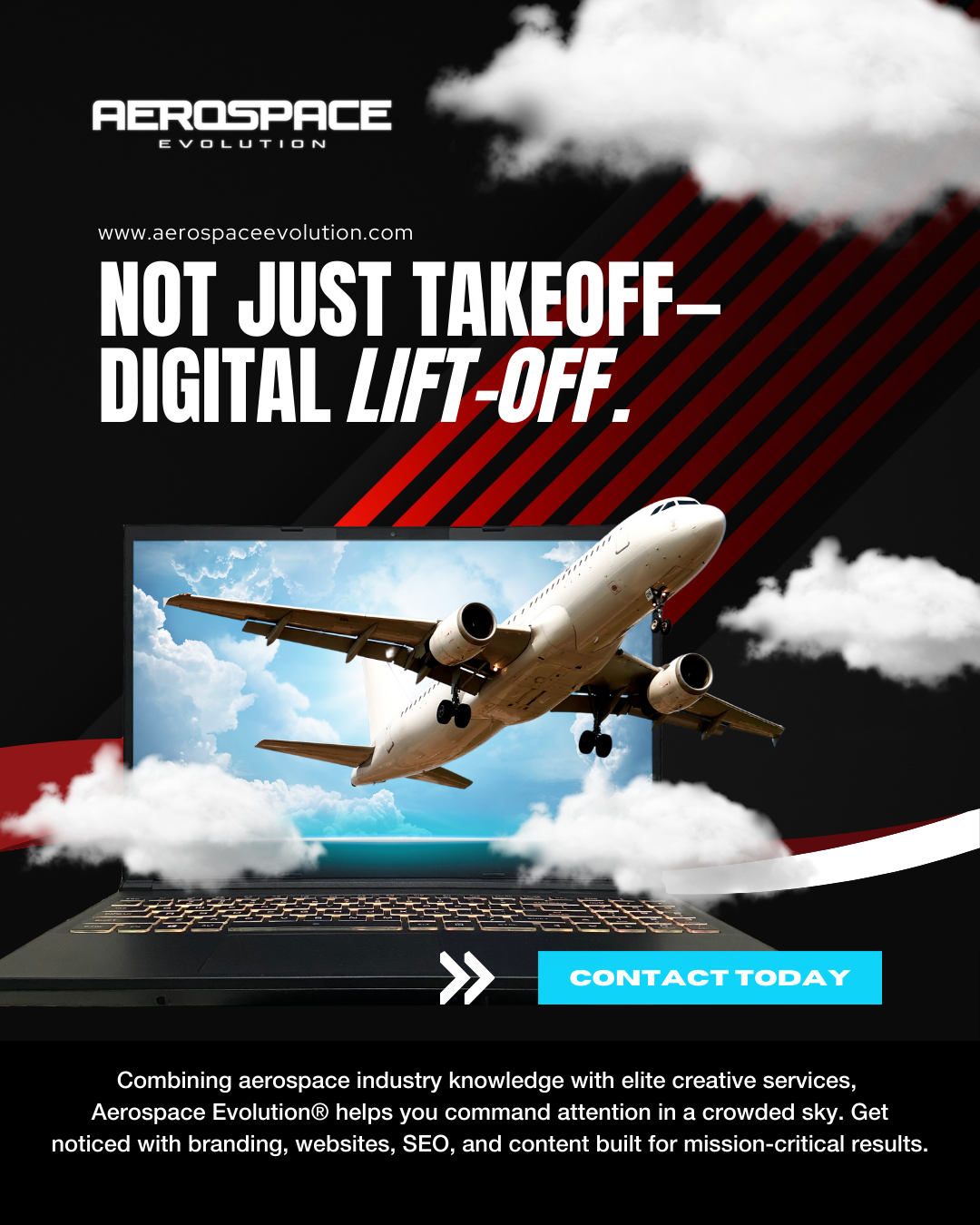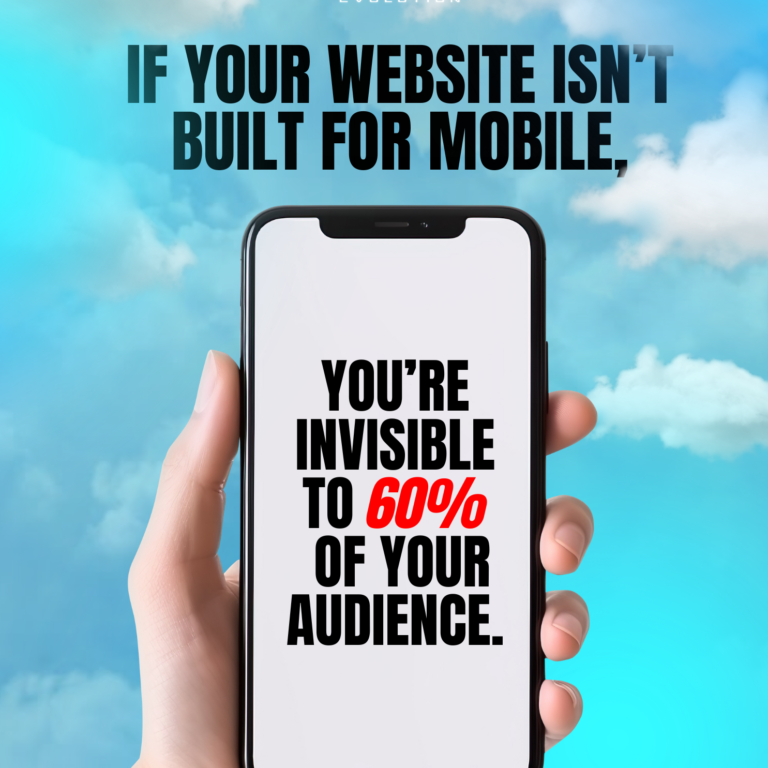Reputation has always held significant weight in the aviation industry, serving as a vital asset that can either propel a company to success or lead to its downfall. Traditionally, the aviation sector relied heavily on word-of-mouth referrals, where customer experiences, safety records, and service quality influenced patronage. Airlines, airports, and other stakeholders in the aviation realm needed to cultivate a solid reputation through consistent service excellence to attract and retain clients. However, the emergence of digital technologies has substantially transformed how reputation is perceived and managed.
In the digital age, reputation is no longer solely shaped by offline interactions; it is significantly affected by an organization’s online presence. Customers turn to social media platforms, review sites, and online forums to share their experiences and opinions about aviation services. This shift has made it essential for companies to monitor their digital footprint actively. In digital environments, information spreads rapidly and can reach a global audience within moments. Consequently, managing reputation effectively has evolved into a critical component of strategic marketing in aviation.
An established digital reputation not only enhances credibility but also facilitates client acquisition, as prospective customers often seek assurance from peer reviews before making decisions about their travel plans. Companies that prioritize their online reputation are better positioned to foster trust among clients, ultimately contributing to long-term success in a competitive industry. Understanding the significance of reputation in aviation today is vital for any stakeholder who wishes to thrive in this ever-evolving landscape.
1. Web Design That Reflects Aviation Excellence

In today’s digital-first world, an aviation company’s website isn’t just a formality—it’s often the first impression your potential clients, partners, and investors get. According to a 2023 Stanford study on web credibility, 75% of users judge a company’s credibility based on website design alone. For MROs, OEMs, charter operators, and flight schools, this insight is especially critical given how much trust and precision the aviation industry demands.
An outdated, slow, or unstructured website can immediately cast doubt on your operational reliability—even if you run one of the most advanced hangars or flight programs in the country. It’s not just about looking modern—it’s about building trust before the first conversation.
A strategically designed aviation website should:
1. Clearly outline your capabilities—from certifications and aircraft inventory to flight schedules, repair turnaround times, or student enrollment steps.
2. Be mobile-friendly and fast-loading—especially since 58% of website traffic now comes from mobile devices.
3. Offer intuitive navigation—decision-makers should find what they need in two clicks or less.
4. Reflect your brand’s professionalism—through imagery, layout, color palette, and content tone that align with aviation-grade precision.
Additionally, a GoodFirms survey found that 88% of visitors are less likely to return after a poor user experience. For aviation businesses with long B2B sales cycles, that bounce is a lost opportunity. And let’s not forget: your website isn’t just a brochure. When properly optimized and integrated with call-to-actions, CRM systems, or booking portals, it becomes a lead-generation engine.
A website built with aviation in mind doesn’t just impress—it converts.
2. SEO: Show Up Where Aviation Buyers Are Searching

You might offer industry-leading maintenance programs, high-quality OEM parts, or premium charter experiences—but if prospective clients can’t find you online, your business is invisible to them. In an industry where contracts are often awarded based on credibility, convenience, and speed, showing up in search results isn’t optional—it’s essential. That’s where search engine optimization (SEO) becomes mission-critical.
Aviation decision-makers—from airline procurement teams to charter brokers and flight school prospects—start their journey with a search engine. In fact, 68% of online experiences begin with a search, and Google captures over 90% of the global search market.
Effective SEO for aviation businesses should include:
- Keyword research focused on aviation-specific buyer intent
(e.g., “FAA-certified MRO in Florida,” “aviation parts supplier near me,” or “accelerated pilot training programs”) - On-page optimization
Including strategic use of headers, image alt text, and SEO-rich service and blog pages to match user queries - Local SEO strategies
Essential for MROs, charter operators, and flight schools looking to rank for regional terms tied to local airports, metro areas, or cities - Technical optimization and structured data
Ensuring your site is crawlable, indexable, and properly structured with schema markup to enhance how it appears in search results - Backlink building and domain authority
By securing links from aviation directories, industry publications, and event sponsorships, you build trust with both users and search engines
According to Search Engine Journal, SEO drives 1,000%+ more traffic than organic social media, making it one of the most efficient and scalable channels for B2B aviation marketing.
Instead of chasing leads through cold outreach or ads alone, a strong SEO foundation allows potential customers to find you naturally, at the exact moment they’re looking for services you offer.
When your aviation website is search-optimized, you’re not just showing up—you’re showing up in front of the right audience at the right time.
3. LinkedIn Strategy for Aviation B2B

LinkedIn is no longer just a platform for job seekers—it’s become one of the most powerful B2B marketing tools available, particularly in technical and regulated industries like aviation and aerospace. For MROs, OEMs, defense contractors, charter operators, and even flight schools, LinkedIn is where serious business happens.
A 2023 report by LinkedIn Marketing Solutions revealed that four out of five LinkedIn users drive business decisions, and 89% of B2B marketers use LinkedIn for lead generation—more than any other platform. In the aviation sector, procurement managers, government contractors, engineers, and executives routinely use LinkedIn to:
- Scout new vendors and service providers
- Research partner credibility and capabilities
- Stay current on certifications, safety standards, and operational news
To capture this attention, aviation companies need a deliberate LinkedIn strategy—not just a presence.
An effective LinkedIn approach includes:
- Company page optimization
Ensure your profile is fully built out with services, industry certifications, past projects, and consistent branding across your web presence - Consistent, value-driven content
Post updates that educate and engage—such as facility expansions, regulatory milestones, industry commentary, or aircraft project completions - Employee advocacy
Encourage key team members to share and engage with company posts to expand visibility organically and build brand trust - Targeted outreach and engagement
Actively connect with and nurture relationships with procurement officers, fleet managers, airline executives, and aviation buyers in government or commercial sectors
When your team shows up consistently on LinkedIn with branded visuals, thought leadership, and authentic updates, you’re doing more than marketing—you’re positioning your company as a trusted, visible authority in aviation.
Whether you’re looking to earn contracts, build partnerships, or recruit talent, a strong LinkedIn strategy ensures your aviation business isn’t just found—it’s remembered.
4. Social Media: Fueling Aviation Brand Awareness Through Visual Storytelling

While LinkedIn is the go-to platform for B2B networking, platforms like Instagram, Facebook, YouTube, and even TikTok are essential for building visibility, credibility, and emotional connection with your audience—especially for flight schools, charter operators, and experience-driven aviation brands.
Social media allows aviation companies to visually tell their story in a way that static websites or technical brochures simply can’t. From a behind-the-scenes look at maintenance operations to showcasing your newest aircraft acquisition, the right visual content builds trust and engagement at scale.
According to a 2024 HubSpot report, 90% of marketers say social media increases brand exposure, and 75% say it helps increase traffic. For aviation businesses, this translates directly into:
- Higher inquiry rates
- Improved recognition at trade shows and events
- Stronger community engagement
Social media is especially powerful for:
- Highlighting daily operations
Offer viewers a real-time look into your hangar, flight line, or classroom to create transparency and trust. - Showcasing aircraft, students, or milestone events
Whether it’s a fleet update, a student’s first solo, or an airshow appearance, these posts boost authenticity. - Promoting time-sensitive offers or announcements
Use stories and reels to communicate limited-time services, seasonal charters, or enrollment periods. - Humanizing your brand
Staff spotlights, instructor features, and customer testimonials give your aviation company a face—and a heartbeat.
Whether you’re looking to grow your charter business, attract future pilots, or build community engagement, social media—when done right—helps your aviation brand stay top-of-mind and in the feed of your ideal audience.
5. Booth Design That Turns Heads at Aviation Trade Shows

In a sea of hangar-sized expos and polished competitors, a generic booth just won’t cut it. At major aviation trade shows like MRO Americas, NBAA-BACE, or Sun ‘n Fun Aerospace Expo, hundreds of aerospace companies are all vying for a moment of attention. Your booth isn’t just about being seen—it’s about creating impact that lasts well beyond the event floor.
In fact, a 2023 CEIR study found that 81% of trade show attendees have buying authority, and the average attendee spends 8.3 hours on the show floor. That’s valuable exposure time—if your brand can capture and hold it.
An effective aviation trade show booth isn’t an afterthought. It’s a visual extension of your company’s digital presence, designed to reinforce your brand values and instantly communicate your value proposition.
Custom booth design services for aviation may include:
- Branded backdrops, banners, and modular displays
Engineered to reflect your tone—whether your brand is tech-forward, elite, sustainable, or rugged - Interactive digital elements
Touchscreens, aircraft service walkthroughs, or drone demo reels bring your services to life and encourage engagement - Coordinated color schemes, fonts, and signage
Creating visual consistency between your website, social media, and event space strengthens brand recall - Supporting materials and physical takeaways
Professionally designed brochures, QR-code-enabled landing pages, and branded merchandise help attendees remember and re-engage post-event
The best booths don’t just inform—they immerse. When your trade show presence aligns with your overall marketing—digitally and physically—you give attendees a unified brand experience that fosters trust, boosts lead capture, and supports long-term sales.
Final Descent: Your Brand Is More Than a Logo—It’s a Trust Signal
In the aviation industry, where precision and trust are paramount, branding goes far beyond logos and color schemes. It’s about how your business is perceived at every touchpoint—on your website, in search results, at industry expos, and across professional networks like LinkedIn.
Today’s most successful MROs, OEMs, charter services, and flight schools understand that to stay competitive, it’s not enough to simply provide great service—you need a strategic brand presence that communicates your value clearly and consistently.
A well-crafted aviation brand does three things:
- Builds instant trust through visual consistency and professional presentation
- Guides decision-making by helping prospects understand who you are and what sets you apart
- Drives growth by creating digital and real-world experiences that convert interest into action
Whether it’s a fleet maintenance request, a charter booking, or a government contract bid—your brand speaks before you do. And in a sector built on accountability, your ability to show up professionally and persuasively can be the difference between winning the deal and being overlooked.
At Aerospace Evolution®, we don’t just design websites or social graphics—we build complete brand ecosystems tailored to aviation. From web development and SEO to LinkedIn strategy, booth design, drone content, and social media, we help you tell the right story to the right audience—on every platform.
Because your brand isn’t just what you look like. It’s how the aviation world remembers you.
















